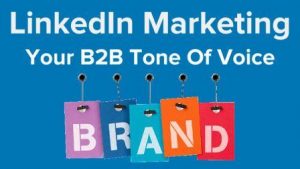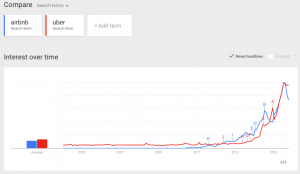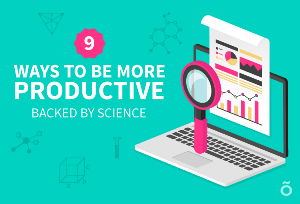Crumbling Cookies Lead To Performance Challenges, But Better Customer Experiences
Cookies are crumbling, making it more difficult for marketers to target consumers with ads — but it just means they are spending more time focusing on the customer experience.
Cisco customers’ buying cycle is about 16 to 18 months. It usually means they can come to Cisco’s website up to 25 times to get information before they make a decision on what to purchase.
“The content brings people back,” said Diane Sidden, global digital marketing consultant for growth marketing at Cisco. “A lot of times, groups of people are involved in making decisions, so we focus on the customer journey.”
The Search & Performance Insider Summit kicked off Monday in an extraordinary in-person and virtual event. The topic on most marketers’ minds has been the performance challenge ahead with third-party cookies no longer being supported by Google Chrome.
What did panelists in this opening session say they are doing to prepare?
“Everyone who comes to my website I treat as a serial killer and try to build a demographic and behavioral-based profile,” said Jonathan Kagan, vice president of search at 9rooftops. “So, when we can’t use the remarketing data any more, we can say that this group of individuals are most likely to engage with us. This is who we will put our first dollar toward.”
Kagan referred to the process used on television shows like “Criminal Minds,” where FBI profilers build audiences of suspect killers.
As the purchase cycle gets shortened, Kagan measures campaigns based on a six- to eight-week window — but now that is no longer possible, and it’s not reliable. The team looked at the data to determine how much of the conversion cycle is last-click or drawn in under a 70% cycle. It came down to determining how to reduce the cycle from four to eight weeks, and then down to one week.
“The biggest thing we’re looking at is micro conversions to maximize data volume and focus on the consumer experience,” he said, adding that this has pushed the agency to invest more time looking into the user experience.
If the $55 item takes the consumer two weeks to purchase, but the brand provides a 10% discount now, it may reduce the purchase cycle to a week or week-and-a-half, for example.
Building on Kagan’s comments, Mark Kapczynski, CMO and co-founder at Gooten, said his company is considering the idea of microsegments.
With traditional segmentation, “the team can probably handle three to five different segments, but now the customer base and audience are so diverse, we’re trying to take an approach to segment down to smaller groups,” he said.
This is making Gooten — which helps brands with on-demand manufacturing — more dependent on artificial intelligence and predictive analytics to help better understand engagement with smaller groups. It is no longer possible to do this manually, he said.
Kapczynski said the company needs to get the individual’s identity as quickly as possible — from gated content or subscriptions to newsletters — and shift from simple email addresses to mobile device IDs, with a mobile number to contact them directly.
(43)
Report Post






